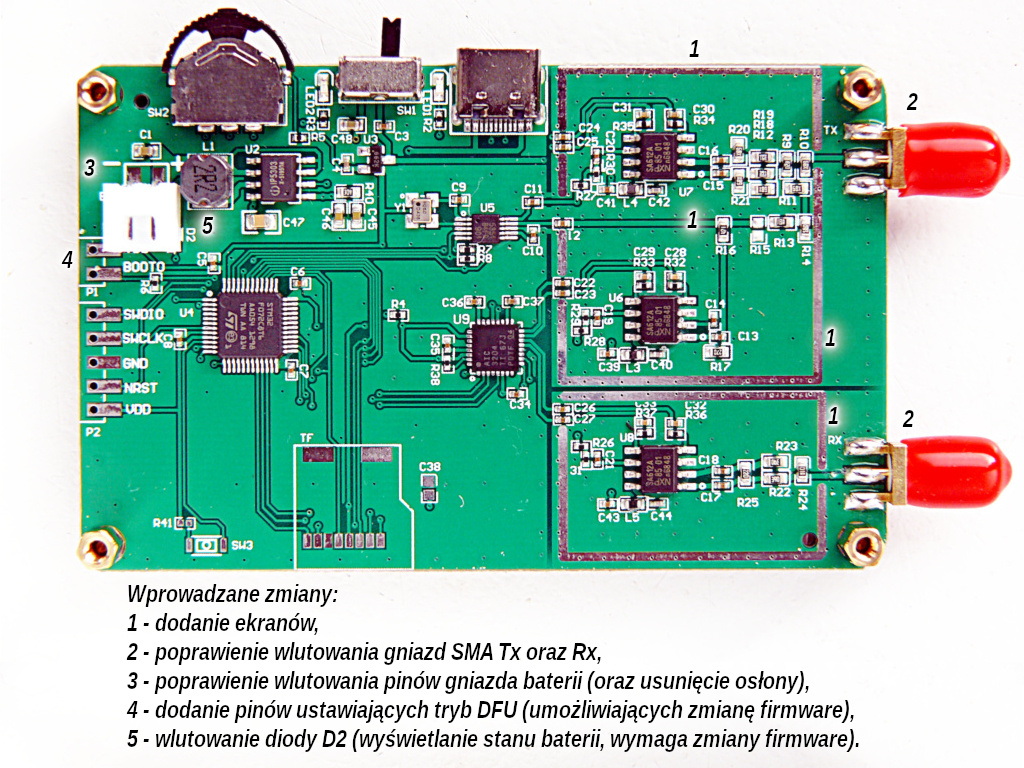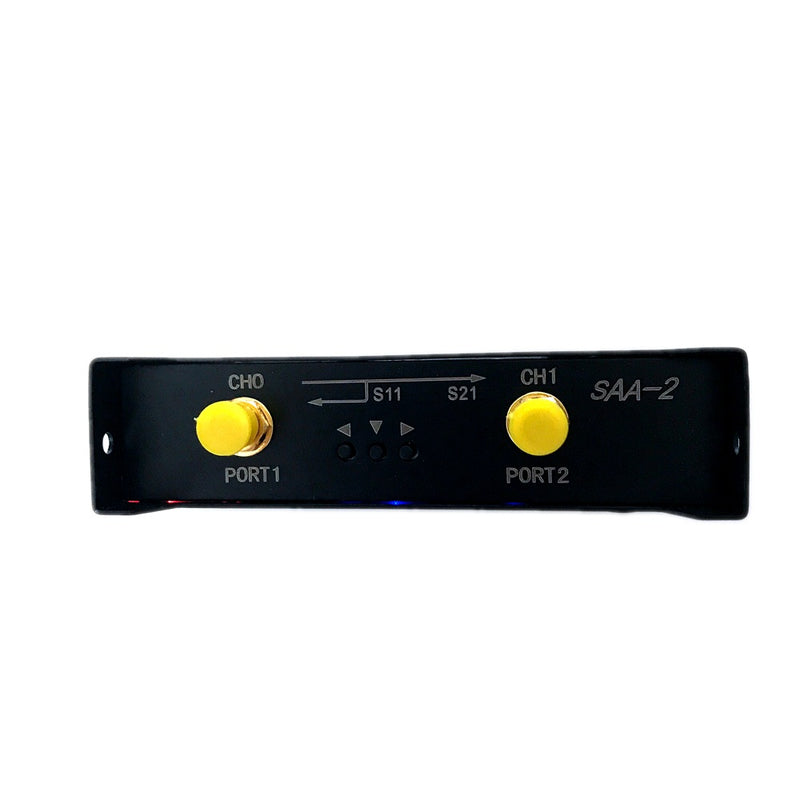

If you are only going to make measurements up to 1 GHz then you'll be happy with either unit. They each operate from 10kHz - 1.5GHz with their current firmware, although the performance of the NanoVNA-F starts to get iffy above 1.3 GHz. I own both models and I am happy with either. Both the NanoVNA-H4 and NanoVNA-F already incorporate identical out-of-the-box TDR measurement capability. "I would like to use TDR one day, any clue if a version running it will be released soon?" This user group beats the NanoVNA-F user group hands down when it comes to support, which adds immeasurable value to the NanoVNA-H4. It proves to me that while the NanoVNA-F may be slower at introducing new firmware updates than the NanoVNA-F that the developer is fully capable of keeping up with any worthwhile new features. With firmware release 0.1.1, the NanoVNA-F incorporates pretty much all of edy555's 6.0 firmware improvements and adds a few of its own.

Up until about a month ago I would definitely have said the NanoVNA-H4 was the better developer supported model. "I would like the 4.3 or 4.0 inch display, but it's look like the F and H4 version are not the same processor, so wich one is the more supported model?" With a measurement range of up to 6.3GHz, the LiteVNA is capable of meeting common amateur radio and IoT applications, as well as emerging 5GHz testing, enabling the application of the latest 5.8GHz wifi and 5.8GHz image transmission.On Sun, at 03:41 PM, Guillaume Larouche wrote: LiteVNA includes a MicroSD slot, so you can save field test data or screens to a MicroSD card at any time. Combined with an easy-to-use interface consistent with the NanoVNA, the LiteVNA can now be easily used as a field test tool.

To minimize power consumption and size, the LiteVNA uses only one mixer, with multiple internal RF switches for S11 and S21 measurements, and IFFT calculations for TDR and DTF measurements.ĭesigned with the community's input in mind, the LiteVNA now brings faster scanning speeds and more scan points in addition to a wider measurement range. Now you can get a portable vector network analyzer (VNA) as small as the NanoVNA and capable of meeting the ultra-wide measurement range of 50 kHz to 6.3 GHz. LiteVNA improves on the popular NanoVNA and SAA2.


 0 kommentar(er)
0 kommentar(er)
